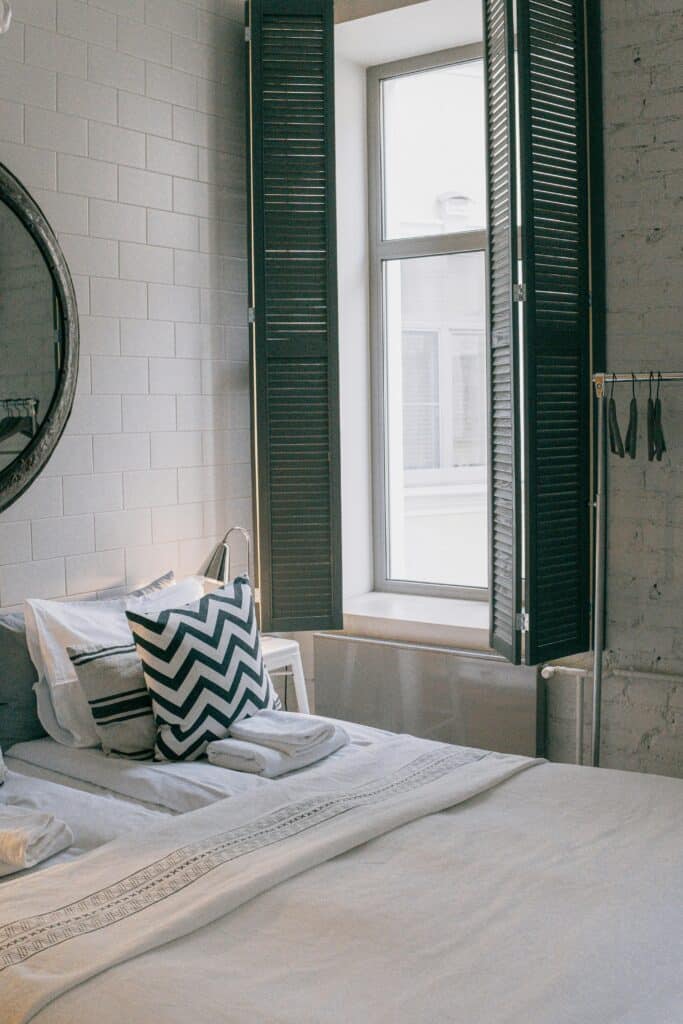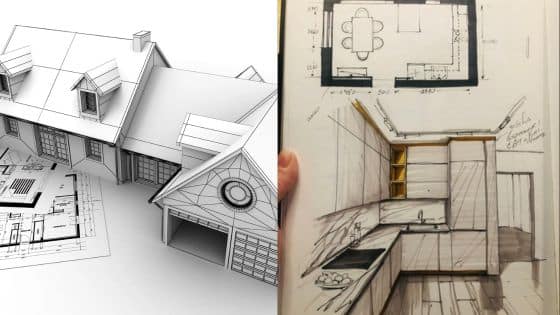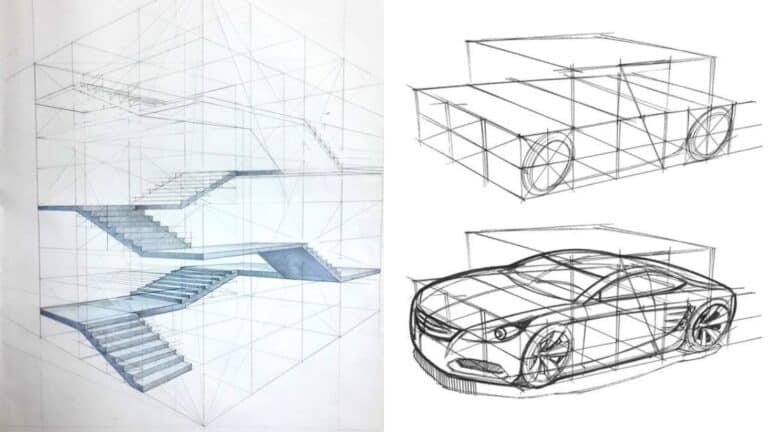Why Parents Are Asking This Important Question
If you’ve ever wondered, “Is ventilation really necessary?”, you’re not alone. Many families—especially those living in well-insulated flats or newly renovated homes—are starting to question whether opening windows or installing ventilation systems makes a real difference.
In truth, ventilation plays a vital role in maintaining a healthy indoor environment. It’s not just about comfort—it directly affects the air your children breathe, how your home handles moisture, and even how well everyone sleeps. This article explores why proper ventilation is essential in family homes and what parents can do to ensure fresh, safe air indoors.
Is Ventilation Necessary? The Science Behind It
Modern homes are often sealed tightly to conserve energy, but this can trap air pollutants inside. Without regular airflow, common household activities—like cooking, showering, or using cleaning products—can build up moisture and indoor pollutants over time.
Poor ventilation can lead to:
- An increase in airborne allergens like dust mites and pet dander
- Higher humidity, leading to damp and mould
- Concentrated indoor pollutants such as carbon dioxide and VOCs
- A noticeable drop in air quality, especially in smaller or shared spaces.
Children, babies, and anyone with asthma or allergies are particularly vulnerable to the effects of poor air quality at home.
Fresh Air and Family Health: The Key Benefits

Good air circulation isn’t just a comfort—it’s a protective measure. Ventilation helps regulate temperature and humidity, dilutes pollutants, and brings in oxygen-rich air from outside.
Benefits of Fresh Air in the Home
- Improved Sleep Quality: Fresh air has been linked to deeper, more restful sleep.
- Fewer Allergens: Ventilation reduces common indoor irritants that trigger sneezing and asthma symptoms.
- Better Concentration: Cleaner air can boost cognitive function, especially in growing children.
- Mood and Energy Levels: Exposure to fresh air, even indoors, can enhance mood and reduce fatigue.
These fresh air home benefits are especially valuable in homes with young children, where health and development are top priorities.
How to Ventilate a Family Home Effectively
You don’t need a complex system to make a difference. Often, a few intentional habits and minor upgrades can significantly improve air circulation.
Simple Ventilation Tips for Everyday Life
- Open windows daily—even for just 5–10 minutes—to let in fresh air
- Use extractor fans in bathrooms and kitchens
- Leave doors open between rooms to allow air to flow
- Avoid drying clothes indoors if possible.
Home Upgrades to Consider
- Install trickle vents on windows for continuous fresh air
- Maintain heating and ventilation units regularly
- Fit a vent cover to manage airflow while keeping dust and insects out.
These solutions help families maintain safe home air circulation without sacrificing energy efficiency or comfort.
Air Quality and Kids: What Every Parent Should Know

Children inhale more air relative to their body weight than adults, making them more susceptible to indoor pollutants. Studies have linked poor indoor air quality to respiratory infections, slowed lung development, and even increased risk of allergies.
Creating a breathable indoor environment starts with good ventilation. Look out for signs like condensation on windows, musty smells, or visible mould—especially in bedrooms, where kids spend many hours sleeping.
Is Ventilation Different in Flats or New Builds?
Yes—ventilation challenges vary depending on your home. Flats may have fewer windows or no cross-ventilation, and new homes are typically built with airtight insulation.
In these cases, it’s even more crucial to use extractor fans, open vents, and maintain airflow. Without these steps, pollutants accumulate quickly, especially in high-traffic areas like kitchens and living rooms.
Conclusion
So, is ventilation really necessary? Absolutely—especially in homes with children, allergies, or limited space. Fresh air plays a crucial role in supporting family health, maintaining comfortable humidity levels, and preventing long-term damage from mould and condensation.
With a few simple changes, families can enjoy safer, cleaner air at home—without major renovations or equipment. It’s a small shift with a big impact, helping your household breathe easier every day
- 1share
- Facebook0
- Pinterest0
- Twitter1
- Reddit0













